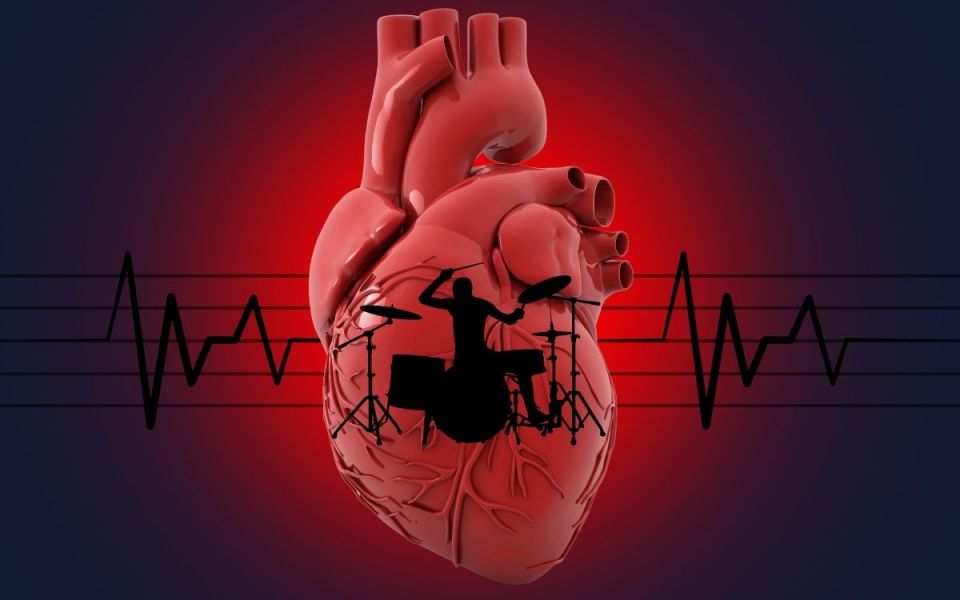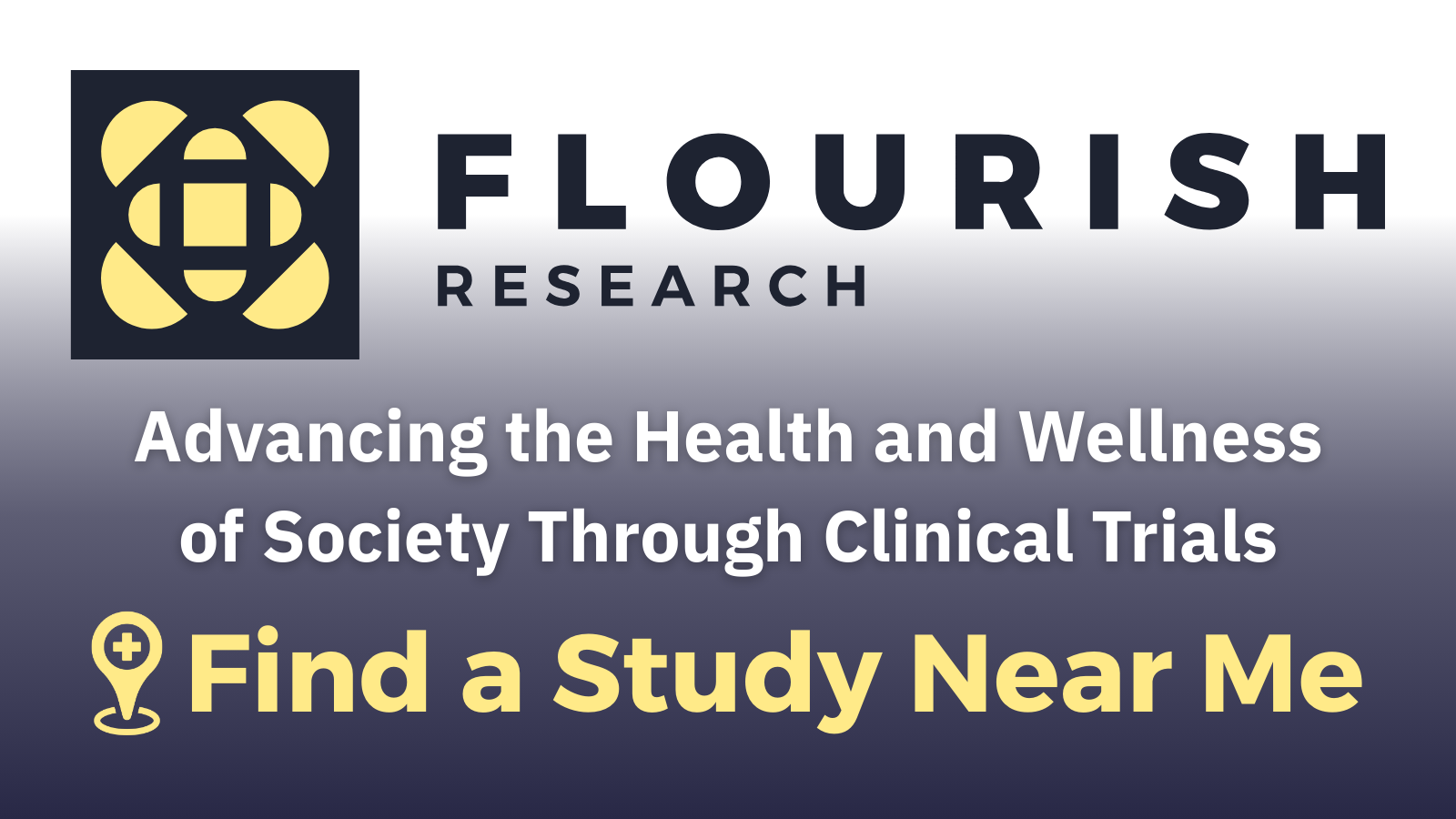The Heart is the Beat of Life

The heart works tirelessly, pumping about once per second for every second of our lives. It is dedicated, never complains, and if it stops, we die. Hearts are the drummers of high school rock bands. They aren’t flashy and don’t direct the band, but they are critical. A band can jam seemingly forever with a steady beat, but the song dies when they lose the rhythm. Similarly, when the heart stops, so do we.
What is the heart, and why do we need it?
Just like a strapping drummer in their prime, the heart consists mainly of muscle. Its primary function is to pump blood through the body. The muscle is twisted and wrapped into four chambers: two atria and two ventricles. It is further divided into the right (low-oxygen) and left (high-oxygen) sides, with directional valves between these chambers. Low-oxygen blood enters through veins to the right atrium, and high-oxygen blood exits from the left ventricle through high-pressure arteries to all living cells in the body. Everything is coordinated by a special electrical system permeating the muscle. Heart muscle is unique because it is autorhythmic; specialized heart cells called pacemakers tell the muscle to contract on its own without external influence. The heart's complex rhythm must be maintained at all times, or the song of life comes to an end.
Image by Eibhlin Laughrey via Canva
How does the heart work?
Our bodies are made up of tiny building blocks called cells, and just like us, these cells need oxygen to work. They use oxygen to create the energy they use to function, and in the process, they produce carbon dioxide as a waste product. To bring oxygen and carry away the carbon dioxide from all the cells in our body, we have the hardworking pump of the heart. The heart’s job is to pump enough blood to deliver oxygen to the cells at the right pressure without damaging the arteries. Blood pressure is determined mainly by the blood vessels themselves.
How does the heart know how much blood to pump and at what pressure? Just as a drummer relies on the lead guitarist for musical cues, the heart depends on signals from the blood vessels and brain to function. These signals can be chemical (hormones in the bloodstream), pressure-related (from the veins), or electrical (from the brain). They tell the heart to pump faster when we need extra oxygen (such as when playing a lengthy drum solo) and to slow down when we don’t need as much, like when we’re sleeping.
What can go wrong with the heart?
Unfortunately, many things can go wrong with the heart, much like a drummer giving up the beat to start playing the banjo. Muscles can thicken or weaken, reducing the amount of oxygenated blood delivered to the body. The electrical system can be disrupted, and valves can degrade or fail. Outside of the heart, diseases in the circulatory system can block arteries or impair heart function. Chronic inflammation is like a terrible drum solo ruining the rhythm. While inflammation is an essential part of the body’s immune defense, chronic, long-lasting inflammation can damage all parts of the heart and circulatory system, worsening overall health. So, let’s take a minute to appreciate the beat-keepers in our lives, including the heart and skilled drummers.
Creative Director Benton Lowey-Ball, BS, BFA
|
Click Below for ENCORE Research Group's Enrolling Studies |
|
|
|
Click Below for Flourish Research's Enrolling Studies |
References:
D’souza, A., Wang, Y., Anderson, C., Bucchi, A., Baruscotti, M., Olieslagers, S., ... & Boyett, M. R. (2021). A circadian clock in the sinus node mediates day-night rhythms in Hcn4 and heart rate. Heart rhythm, 18(5), 801-810. https://pubmed.ncbi.nlm.nih.gov/33278629/
Betts, J. G., Young, A., Wise, J. A., Johnson, E., Poe, B., Kruse, D. H., Korol, O., Johnson, J. E., Womble, M., & DeSaix, P. (2013). 19.2 Cardiac muscle and electrical activity. In Anatomy and physiology. OpenStax. https://openstax.org/books/anatomy-and-physiology/pages/19-2-cardiac-muscle-and-electrical-activity
Buckberg, G. D., Nanda, N. C., Nguyen, C., & Kocica, M. J. (2018). What is the heart? Anatomy, function, pathophysiology, and misconceptions. Journal of cardiovascular development and disease, 5(2), 33. https://pmc.ncbi.nlm.nih.gov/articles/PMC6023278/
Chaudhry, R., Miao, J. H., & Rehman, A. (2022). Physiology, cardiovascular. In StatPearls [Internet]. StatPearls Publishing. https://www.ncbi.nlm.nih.gov/books/NBK493197/
Hunter, P. J., Pullan, A. J., & Smaill, B. H. (2003). Modeling total heart function. Annual review of biomedical engineering, 5(1), 147-177. https://www.annualreviews.org/content/journals/10.1146/annurev.bioeng.5.040202.121537



